Virtual Desktop Infrastructure (VDI)
Centralised management of workstations
Thanks to the virtualization of desktops (VDI), you can securely access your corporate resources when and where you want, from any device. Alhambra Cloud offers you full management of your desktops, optimising ownership, management and maintenance costs, while increasing your security and accessibility of information..
What are virtual desktops?
Virtual desktops over VDI are preconfigured images of operating systems and desktop applications. They run in centralized virtualization environments and are separated from the physical device used by the user to connect through client software and/or via the web.
Benefits of Virtual Desktops
Optimisation of costs
Optimise investment in hardware infrastructure and acquisition of licences, and avoid the duplication of infrastructure in remote locations. Additionally, we offer licencing with payment by use of the virtualisation software and the VDI solution.
High Availability
Free devices from hardware failure, improving availability and benefiting from taking greater advantage of processing and storage capacities.
Personalisation
Virtualisation of desktops offers you full flexibility of design and personalisation, which allows integration with other existing systems of the client.
Flexibility and scalability
VDI allows horizontal scalability and faster provisioning of devices to users. Likewise, it facilitates the deployment of applications and patches and/or new OS versions.
Greater security
It guarantees greater control of security of the devices. Additionally, it facilitates the backup of devices and allows previous states to be returned to, at both the level of configuration and data.
No concerns
Distance yourself from the administration and supervision of all hardware and software elements that make up the VDI infrastructure and guarantee fulfilment of service levels that corporate users require.
Satisfied Customers
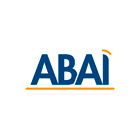

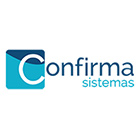

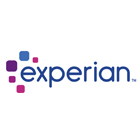
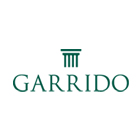




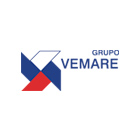

Certified processes in Spain
At Alhambra we are committed to providing excellent services. To guarantee this commitment, we have the most important and demanding certifications audited annually by independent firms that recognize and guarantee the excellence of each and every one of our activities, with special attention to the technological requirements that drive the business, such as the most prestigious international standards in the field of Security Management, Cloud Services, Software Development and Business Continuity.

Related information
What types of virtual desktops are there?
- VDI (Virtual Desktop Infrastructure):
In a virtual desktop infrastructure (VDI), desktops are hosted on centralised servers, which may be located in a proprietary or external data centre. Each user has access to a dedicated virtual machine or a desktop based on a shared image, depending on the company’s needs. - DaaS (Desktop as a Service):
Desktop as a Service (DaaS) is a cloud-based model where the provider manages the entire infrastructure. Users access their desktops from any device connected to the internet, without having to manage the underlying infrastructure. - Remote desktop sessions (RDS or RDP):
With this model, users do not have an individual virtual machine. Instead, they access remote desktop sessions on a shared server, with a separate session for each user, but sharing the same server resources. - Persistent virtual desktops:
In this case, each user has their own personalised virtual desktop, where changes and settings are saved between sessions. This offers an experience similar to that of a physical desktop, with greater customisation. - Non-persistent virtual desktops:
Here, users get a standard desktop image each time they log in, without saving custom changes. They are ideal for environments where a large number of uniform desktops are required and are easier to manage. - Hybrid desktops:
Combines local (physical) and virtual desktops. Some desktops or applications run in the cloud, while others operate locally, providing flexibility for businesses. - Private or public cloud desktops:
- Private cloud: Virtual desktops are hosted in a private cloud managed by the company, providing greater control and security.
- Public cloud: Desktops hosted on public cloud platforms such as AWS or Azure, offering scalability and reducing initial costs.
What is the difference between virtual desktops and virtual machines?
Virtual desktops only offer the graphical interface of the operating system, allowing users to access their applications and files without controlling the entire system. They are perfect for corporate and remote working environments, sharing resources among multiple users.
On the other hand, virtual machines are complete virtualised operating systems, with full control over the system. They are designed for more complex tasks, such as server administration or running different test environments, and tend to consume more resources.
